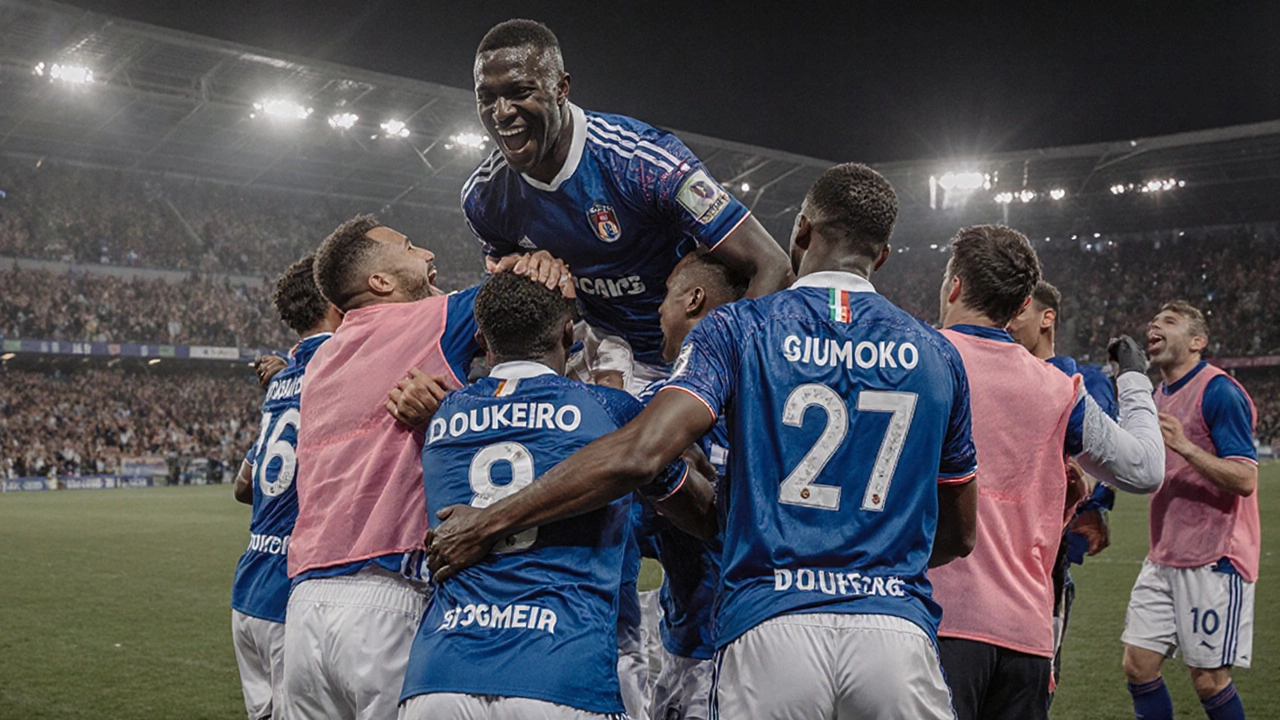Ligue 1 – France’s Premier Football League
When talking about Ligue 1, the top‑tier professional football competition in France, featuring 20 clubs that battle each season for the championship. Also known as French Ligue 1, it sits at the heart of French football, a national sport culture that drives millions of fans, media coverage, and youth participation across the country. The league isn’t just a domestic showcase; it feeds into the UEFA Champions League, Europe’s elite club competition where the best‑performing Ligue 1 teams earn a spot to test themselves against the continent’s heavyweights. Understanding how Ligue 1 works means looking at its promotion‑relegation system, the star clubs like Paris Saint‑Germain, the dominant team of the 2020s with multiple league titles and a global fanbase, and the financial and tactical trends that shape each season.
Key Elements That Define Ligue 1
First, the league’s structure: twenty clubs play each other twice, home and away, for a total of 38 matches. Points decide the rankings – three for a win, one for a draw. The club finishing first earns the Ligue 1 title and a Champions League group‑stage slot. The second‑ and third‑placed teams also qualify for the Champions League, while the fourth and sometimes fifth spots lead to the Europa League or Europa Conference League. At the bottom, the last‑two clubs drop to Ligue 2, and the top two from Ligue 2 replace them, creating a constant churn that rewards performance and punishes stagnation.
Second, the financial landscape. TV rights, sponsorships, and match‑day revenue differ widely among clubs. PSG, backed by wealthy owners, can splurge on world‑class talent, while historic clubs like Olympique de Marseille or Lyon rely on smart scouting and development. This disparity influences how teams build squads, approach transfers, and compete in European fixtures. Third, tactical evolution. French coaches have embraced high‑pressing, quick transitions, and versatile formations, making Ligue 1 a breeding ground for emerging talent that often moves to bigger leagues. The league’s emphasis on youth academies also means each season introduces fresh faces, keeping the competition dynamic.
Lastly, fan culture adds a unique flavor. Whether it’s the chanting at the Parc des Princes, the coastal vibes at Stade Vélodrome, or the regional rivalries between Lille and Montpellier, supporters shape the atmosphere and drive clubs’ identities. All these pieces – structure, finance, tactics, and fans – intertwine to create a league that’s both a stepping stone to European glory and a passionate showcase of French sport.
Below you’ll find a curated mix of articles that dig deeper into Ligue 1’s biggest stories, club analyses, player profiles, and the latest match recaps. Whether you’re a casual viewer, a die‑hard supporter, or someone new to French football, the collection offers practical insights and fresh perspectives to keep you in the loop.

Ligue 1 Thriller: Strasbourg’s Late Surge Beats Metz 2-1
On May 12, 2024, Strasbourg turned a 1-0 deficit into a 2-1 win with goals in the 89th and stoppage time. Georges Mikautadze opened the scoring for Metz, but Emanuel Emegha and Andrey Santos snatched all three points for the home side. The comeback reshapes both clubs' fortunes as the season draws to a close.
Read More